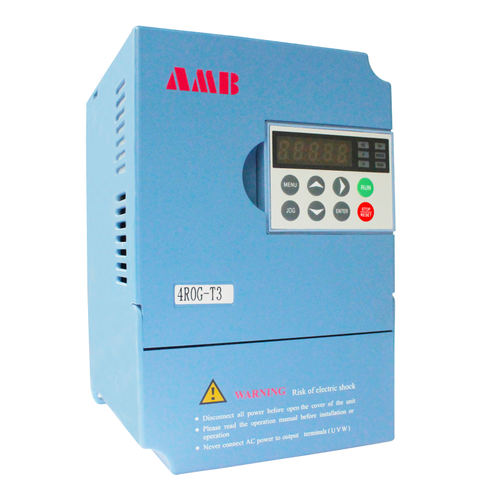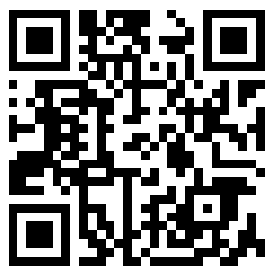
There are essential differences between servo and inverter in purpose and function. Which one to choose depends on the operating mode, load conditions, price and other factors. Basically, the performance of servo is superior to that of frequency converter. Therefore, when the inverter is changed to servo, there will be no operation problems. However, the following points must be considered.
Rigidity of mechanical side
The maximum torque of the inverter is about 2 times. Therefore, if the mechanical structure is relatively fragile, vibration (oscillation phenomenon) may occur during acceleration and deceleration. At this time, it is necessary to strengthen the mechanical structure and reduce the gain (control sensitivity) of the servo system.
Load inertia converted to motor shaft (inertia)
Compared with frequency converter, servo is sensitive to load inertia. Compared with the moment of inertia of the motor itself, if the moment of inertia of the load is too large, the motor shaft will be dragged to rotate by the load, resulting in the control instability. Therefore, it is very important to select the appropriate servo capacity according to the mechanical load.
Vibration of motor shaft
When the mechanical vibration occurs at the position where the motor is installed, the shaft of the motor will be affected. Especially for the servo motor with built-in encoder, measures must be taken to reduce the vibration sometimes.
The slipping of decelerating mechanism
The basic concept of servo is accurate, accurate and fast positioning. Frequency conversion is a necessary internal link of servo control. There is also frequency conversion in servo driver (stepless speed regulation is required). But the servo controls the current loop, speed loop or position loop. In addition, the structure of the servo motor is different from that of the ordinary motor, which should meet the requirements of fast response and accurate positioning. At present, most of the AC servo motors in circulation on the market are permanent magnet synchronous AC servo motors. However, due to process limitations, it is difficult to achieve high power. The price of synchronous servo of more than ten kW is extremely expensive. Thus, AC asynchronous servo is often used when field application permits. At this time, the control system becomes a closed-loop control with encoder feedback of frequency converter, that is, high-end frequency conversion control System. The so-called servo is to meet the requirements of accurate, accurate and rapid positioning. As long as it is satisfied, there will be no dispute on servo frequency conversion.

|
|

|
| The public, | Mobile station |
 0755-81719517
0755-81719517
|
|
 0755-81719530 0755-81719530 |
 [email protected] [email protected] |
 Floor 1, 5 and 6, building 7, lijincheng science and technology industrial park, gongye dong road, longhua new district, shenzhen Floor 1, 5 and 6, building 7, lijincheng science and technology industrial park, gongye dong road, longhua new district, shenzhen |
|